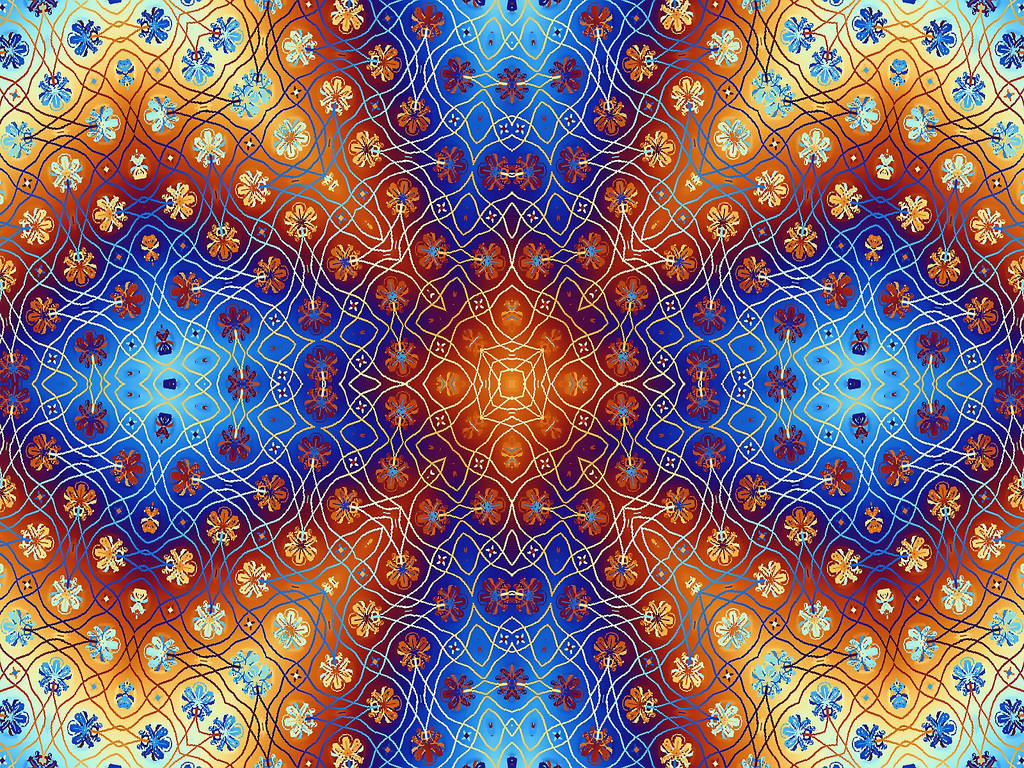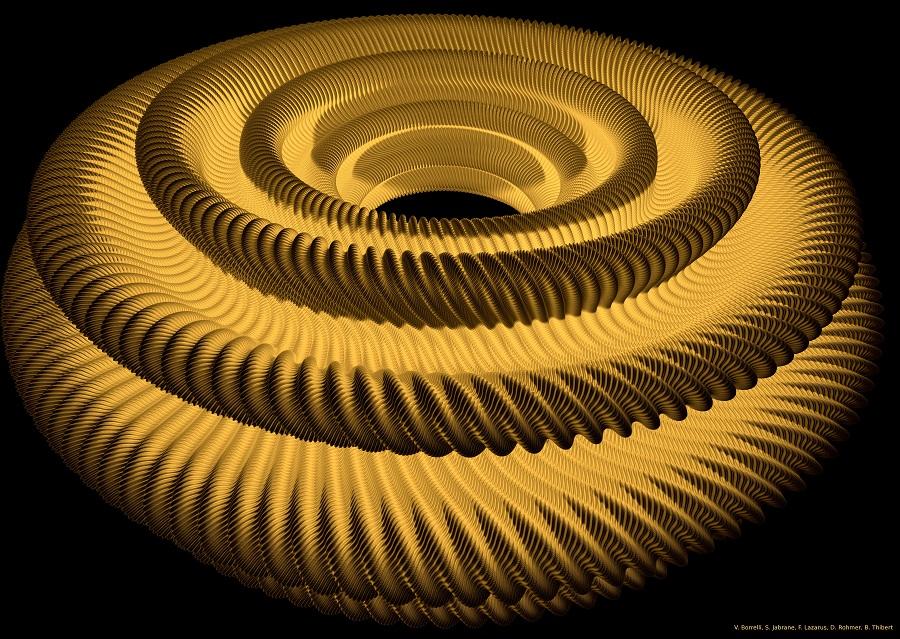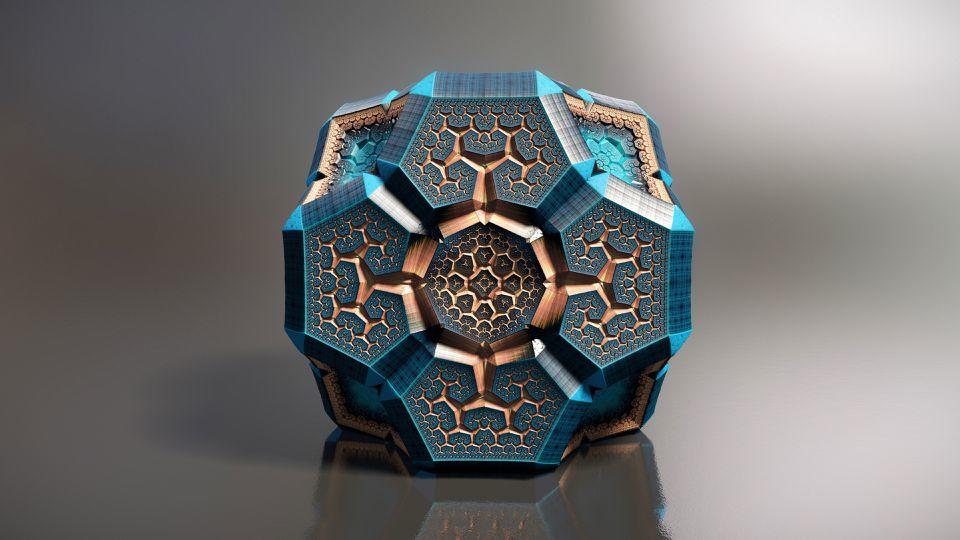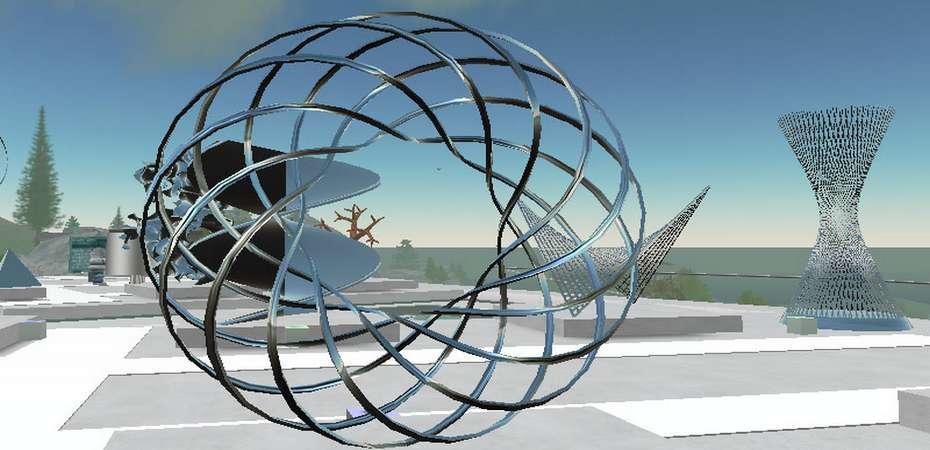Numbers pervade our surroundings.
Functions, vectors, and algorithms govern the movements of celestial bodies, the cycles of nature, the progression of seasons, and the laws of physics. Of course, there is also the theory of the golden ratio, which, when combined with symmetry, has been skillfully employed by architects throughout history.
The realm of art is certainly not lacking in this regard. Mathematical harmony and rhythm not only govern music but also manifest in visual artworks. It may sound bizarre at first, but did you know that it is impossible to separate geometry from figurative art?
Let us explore seven astounding examples of this harmonious relationship between mathematics and art, which should undoubtedly be included in all History of Art curricula.
A good place to start is to consider the fascinating history of maths.
Want to give private lessons?
Join the Superprof community and share your knowledge with inquiring and motivated students.
Snow Art
Every snowflake possesses its own uniqueness, resulting in extraordinary natural rosettes. In creating snow art, Simon Beck embarked on a journey to follow the path already laid out by nature. Amidst the picturesque Alps in the heart of Europe, he has created astonishing patterns in the snow.
His collection, Snow Art, published by S-Editions, showcases his exceptional creations through 200 photographs, primarily captured from aerial perspectives. While the body of work is extensive, somehow, the narrative of the artist behind these works remains consistent.
Within the pages, you will not find brushes or colour palettes; but rather that a warm suit, ski hat, and ski mask take centre stage! However, achieving such remarkable results demands hours of intense focus and physical labour. Moreover, you will also be treated to awe-inspiring landscapes that truly encapsulate a profound philosophy of life.

The Intricate Patterns Between Geometry and Art
When it comes to how math and art combine, the advent of new technologies has opened up avenues for combining diverse layers, dimensions, and boundaries. Hamid Naderi Yeganeh, for example, is an Iranian artist, who ingeniously tapped into the boundless possibilities afforded by computing. Take a look at his website to delve into his remarkable creations.
Residing in the city of Qom, this computer scientist generates thousands of intricately intertwined patterns rooted in mathematics, placing utmost emphasis on harmony. Besides hearing about him in your maths classes, you’ll find that his work has gained worldwide recognition and has been celebrated by esteemed media outlets such as the Huffington Post and CNN Style.
By juxtaposing ellipses or rectangles alongside circles, squares, and segments, new combinations occasionally emerge where math and art collide, giving rise to artistic depictions of animals or objects through trial and error.
Even though art is not something you would expect to hear about in mathematics vocabulary, who knows, perhaps you will find out about geometry and art in your lessons with your online maths tutor.

Fractals
A barbaric term?
Absolutely not!
The concept of fractals merely pertains to a mathematical entity, whether it be a surface or a curve, whose structure remains unchanged regardless of changes in scale.
It serves as yet another testament that math and art are not in distant realms but are in fact, rather intertwined disciplines.
Within the realms of art and mathematics, Liz Blankenship and Dr Daniel Ashlock have displayed a profound fascination for these concepts. They refer to their inspiration as the "algorithmic taxonomy of fractals." Their approach involves categorizing fractals by delving into the equations that generate them.
By employing well-selected colours, including various shades, they skillfully draw and accentuate the contours of the primary shapes, providing remarkable clarity to the entirety of their artwork.
Their work hinges on the equivalence of transformations, where the perceived complexity arises solely from the repetition of predefined patterns based on angles and distances with consistent ratios. Certain paintings created through these algorithms can evoke a sense of vertigo.
Truly, our era has witnessed unprecedented upheavals within both mathematics and art.
Want to give private lessons?
Join the Superprof community and share your knowledge with inquiring and motivated students.
Isometrics and 3D
While the realm of fine arts appeared to lean towards deconstruction under the influence of figures like Marcel Duchamp, coherence has now resurfaced as a central concern, not to mention the importance of order creating overlaps in art and mathematics.
When it comes to interpretation, the use of isometric marriages between art and mathematics bears a striking resemblance to the works of François Morellet. In this context, the pioneer in this field is none other than mathematician John Nash, who was assisted by Nicolaas Kuiper.
Once again, the accomplishment of these artistic endeavours would be impossible without the aid of mathematics vocabulary and knowledge. And in this case, powerful computers.
Artists of the 21st century delve into the realm of exceptionally small, unique nanometers that present the audience with three-dimensional isometric renderings of real objects, or in fact, intricate details thereof.
In contemplating these collisions between math and art, one cannot help but recall the influence of Bernar Venet who is famous for his mathematical work within computer science.
The Hevea project beckons us to approach the tiniest constituents of reality. It embraces and expands upon the academic canons through the mathematical exploration of intricate details. These unprecedented applications deserve to be shared with all high school students, as they seek to discover profound meaning within their science studies.

3D Art and Mathematics
Seldom encountered within art museums or even in the realm of mathematics, 3D works of art provide endless opportunities for the most imaginative and inventive minds of our time. One can only wonder who will craft a model that gains global recognition!
Australian mathematician and educator Henry Segerman is someone who makes his field of work exceptional by emphasising education and collaboration. In essence, he aims to transcend mere exercises and age-old conundrums, infusing a friendly and quasi-literary essence into the seemingly "rigid" and abstract sciences.
According to Segerman, by using mathematics vocabulary it is possible to tell stories and make art.
In other words, having roots in both art and mathematics can help you in either discipline.
Using mathematical concepts like polyhedra, quintessences, puzzles, surfaces, stereographic projections, and even four-dimensional polytopes—Segerman offers his most cherished creations in the form of tangible objects. The captivating modelling showcased in the featured image of this article serves as a remarkable testament to his expertise.
This discipline, which may have never come to fruition without the advancements in mathematics over the past centuries, stands as a testament to the evolution of this field.
Mathematical Art
What is mathematical art?
The credit for laying the groundwork for this achievement goes to Kerry Mitchell, an engineer employed at NASA. In 2012, Mitchell sought to commemorate the successful landing of the Curiosity probe on Mars.
The technical resources used in this endeavour are something any artist would envy, as they allow for the creation of such compelling dynamics in their creations. Similarly, Japanese prints, known for their vibrant and lively nature, use many of these techniques.
Using principles of geometry and art, Mitchell ventures beyond the realm of modern art by incorporating data sequences, the replication of shapes, and the depiction of tangible objects. This approach marks a new chapter in the history of artistic expression.
This example is perfect for maths classes that intend to demonstrate the application of abstract knowledge in a tangible and visually engaging manner that holds significant pedagogical potential. Consider finding appropriate maths classes to explore the possibility of creating your artwork based on the principles you wish to study.
Unleash the beauty of mathematical art with a dedicated mathematics teacher by your side! Explore the elegant intersection of numbers and creativity as our experienced teacher guides you through the enchanting world of mathematical art. From fractals to geometric patterns, our lessons will inspire your artistic curiosity while strengthening your mathematical skills. Hire a mathematics teacher today and embark on a unique educational journey where equations transform into works of art!

The Fractal Version Fabergé
Fabergé eggs have gained international recognition, but what happens when they are reimagined through the lens of fractals? Look no further than British physicist Tom Beddard who is proving to be a formidable contender to the famous Russian jeweller, who lived from 1846 to 1920. Hailing from England but embraced by Scotland, Beddard holds a doctorate from St. Andrews University, and his pursuit of higher education has propelled his projects to new heights.
By harnessing 3D technology, Beddard applies it to the design of Fabergé 3.0 eggs, resulting in increasingly precise and intricate details. The outcome is simply breathtaking and can take the viewer into the realm of interstellar jewellery.
Beddard's artistic endeavours extend beyond Fabergé eggs. Using the same mesmerising techniques he also crafts collections featuring planetary motifs, Venetian masks, and more.
Using principles of geometry and art, Mitchell ventures beyond the realm of modern art by incorporating data sequences, the replication of shapes, and the depiction of tangible objects. This approach marks a new chapter in the history of artistic expression.
This example is perfect for maths classes that intend to demonstrate the application of abstract knowledge in a tangible and visually engaging manner that holds significant pedagogical potential.
Consider finding appropriate maths classes to explore the possibility of creating your artwork based on the principles you wish to study.
Finally, whether you are a musician, sculptor or painter, there is no doubt that maths classes can add immense rationality to the world of arts. In fact, this fusion of artistic expression shared by academic, creative and digital realms often provides a seamless connection.
So, yes! A theorem can be practical and also yield beautiful creations. Yes, a polygon can spring to life in artistic form! If you see yourself as a young artist of the future, seize the opportunity to consider maths classes that look at both geometry and art.
Let’s face it, from the origin of maths to how maths tutoring has evolved, a lot continues to change in the realm of mathematics. If you're still curious, don’t miss our articles about maths clichés and how Albert Einstein changed maths.
Want to give private lessons?
Join the Superprof community and share your knowledge with inquiring and motivated students.





